Here are 3 different methods on how to clean wood for bearded dragons for parasites and pathogens, especially branches and rocks from the outdoors. These cleaning methods can also be applied to branches and rocks that already exist in your bearded dragons tank as well:
1. Soaking in water
2. Disinfecting with chemicals
3. Treating by baking
4. Treating with cold
1. Killing parasites by soaking
If your reptile currently has a parasite problem or you have sourced some branches and rocks from the outdoors and need to ensure there are no parasites, then start with soaking the items in water.
For soaking a bath tub works well however you may be limited in how long the branches and rocks can be soaked for if you have a busy household.
Use hot water. Hot water will help to kill some of the easier to eradicate parasites.
Immerse the items in hot water for as long as possible. How long will depend on how porous the wood or rocks are. Keep them in the hot water for at least as long as it takes for the water to cool down. Keep the entire wood submerged, don’t let it float. You want to ensure that no pockets for air are available within the wood for parasites to hide and survive in.
Mites can be killed at 55ºC (131°F) (Klingenberg, 2007). Chances are that the water from your tap is hotter than this, however you will need to check with a thermometer.
Mites are true survivalists. If there are any air bubbles or pockets they can hide in until the soaking is over, they will find it. Make sure the branches and rocks are totally submerged, turning at times to fill any air pockets with water. This could potentially take days depending on how porous the wood is.
I have kept many large pieces soaking in a pond for weeks mainly because it is easy to leave them there that long and very unlikely any parasite can survive that time.
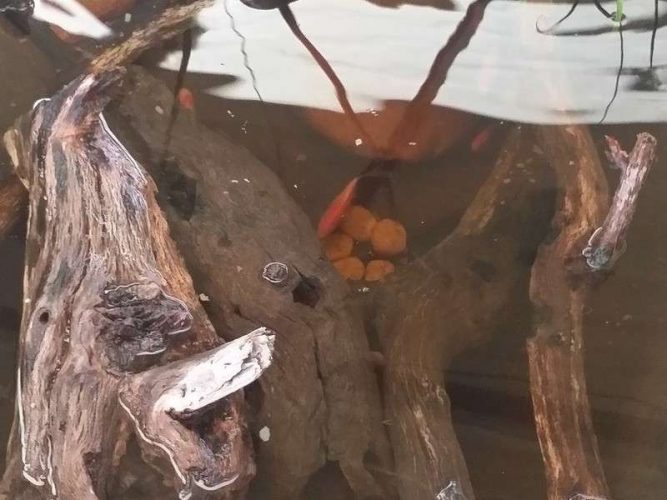
2. How to Disinfect Wood for Reptiles
Disinfecting wood and rocks is the same as soaking in water only this time add a disinfectant. Here is how to disinfect wood for reptiles.
1. Using a container, or bath for large items, add sufficient water to cover the wood, branches or rocks
2. Add the recommended dose of disinfectant.
3. Submerge the wood or rocks ensuring no pockets of air are left for parasites and pathogens to survive the treatment.
A veterinary grade disinfectant such as F10 is best. Leave the disinfectant in contact with the surface for as per the instructions, likely to be at least 15 minutes. Rinse off thoroughly and dry in the sun for extra protection. See the post on cleaning your bearded dragons tank for more on UV and drying in the sun. Keep in mind that any porous surfaces may require additional treatment and the sun can only be effective if the sunshine can touch the surface directly.
Bleach is another disinfectant which is useful on a range of viruses and bacteria. However, bleach is quite toxic and must be washed off thoroughly with any residue removed. The sun can deactivate bleach so again it will be useful to dry in the sun.
3. Temperature to Bake Wood to Kill Parasites and Pathogens
Putting rocks and wood in the oven is a fast and effective method of treating parasites and pathogens.
The AVMA (2009) recommends heating branches between 200-250ºC (392-482°F) for at least half an hour.
The thickness of the branches will determine how long they should be heated for. Wood is a great insulator so thick wood may require 3 or 4 hours of heating to get past any protective insulating layers that parasites may be hiding in.
- The temperature to bake wood and rocks to kill mites is 55ºC (131°F) (Klingenberg, 2007).
- The temperature to bake wood to kill Salmonella spp (in dry heat) is 160-170°C (320-338°F) for at least 1 hour (The Center for Food Security and Public Health, 2013).
Keep in mind that decayed wood ignites at 150ºC and various woods ignite between 190º-260ºC (374-500°F) (Cafe, 2007).
Monitor the objects in the oven to ensure everything is safe. Once you have turned the oven off, leave the objects in there to cool down, still keeping an eye on them. If they must be removed prior to the oven cooling down then clearly they need to be out of range of children, pets and anything else that could be injured or catch fire.
4. Treatment by Freezing
Another method of kill parasites and some pathogens is by freezing them. If your freezer is large enough then place the wood or rocks in there for a few days and allow the freezing temperature to penetrate the entire object. Soaking wood before freezing may add to its effectiveness.
Which Method Is Best to Clean Wood for Bearded Dragons?
Some of the treatments discussed above will sterilize wood and rocks, however sterilizing is not necessary. Sterilizing means to kill all life. Since we aren’t intending to do any surgery with the branches, disinfecting is sufficient and will typically be absolutely adequate. For more information on the definitions for cleaning terms, see the post making a super clean bearded dragon house.
Parasites can generally be treated by baking in the oven, submerging in water, freezing or using chemicals.
Pathogens will generally be treated by baking, disinfectant chemicals and for some, freezing may be suitable.
How to Clean Wood for Mites
Mites area easy to kill with hot water. Mites will die when subjected to heat of 55ºC (131°F) (Klingenberg, 2007). Your hot water tap is likely more than this unless you have toddler proofed it.
Mites can also be easily killed by baking contaminated objects in the oven at 55ºC (131°F) (Klingenberg, 2007).
How to Clean Wood for Salmonella for Bearded Dragons
To clean wood for bearded dragons for salmonella use the oven method.
To kill salmonella bake the wood in the oven for an hour at 160-170°C (320-338°F) (The Center for Food Security and Public Health, 2013). Salmonella can also be killed by exposing it to 15 minutes of moist heat at 121ºC for at least 15 minutes (The Center for Food Security and Public Health, 2013). The boiling point of water is 100ºC (212°f).
Soaking wood and rocks in water is not a suitable treatment for Salmonella spp. Salmonella can survive many days of soaking. When trapped with reptile feces salmonella has been found to survive at least 115 days in pond water and 89 days in tap water half a year after removing from the reptile (The Center for Food Security and Public Health, 2013).
How to Disinfect Wood for Coccidia
Treating coccidia is difficult but possible. For more information see the post on effectively cleaning for coccidia.
In short, use heat. Steam cleaning is a good option and baking in the oven will also kill coccidia. Coccidia can survive freezing temperatures using the freezing method will not work.
References and further reading
- AVMA (2009) Salmonella: Amphibians and Reptiles American Veterinary Medical Association (Association of Reptilian and Amphibian Veterinarians)
- Cafe, T. (2007) Physical Constants for Investigators. T.C. Forensic Pty Ltd Forensic and Scientific Services. Data reproduced from “Firepoint” magazine – Journal of Australian Fire Investigators.
- Klingenberg, R. J. DVM, (2007) Understanding Reptile Parasites. The Herpetocultural Library. California
- The Center for Food Security and Public Health. (2013) Reptile Associated Salmonellosis. Institute for International Cooperation in Animal Biologics. Iowa State University. College of Veterinary Medicine.


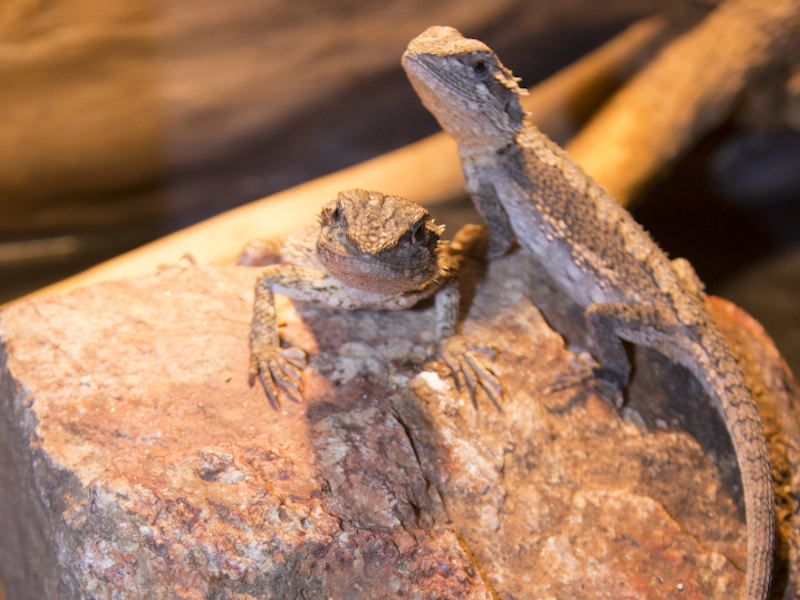
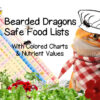
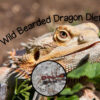
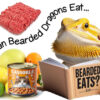

I’m new to the whole dragon world and so far I’m loving every minute of it. Thank you so so much for all the information.
I’ve got bark and branches from garden and so the soaking thing froze them for 4 days and then baked for half hour.
Draco (name from dragonheart film) is loving it. Especially when he is shedding and he rubs himself up on the branch then climes it to rub his head.
Again thank you so so much for the helpful information
That sounds so wonderful Kate. Love to see some pictures. Thank you for your kinds words.
I ave boiled bleached and scrubbed my rock then put in oven for 10 the will these be ok for my beareded dragon
Sounds like you gave it the whole gambit. You clearly love your bearded dragon to go to so much trouble. It should be fine. Really you are just trying to prevent introducing unwanted pathogens and parasites like mites.